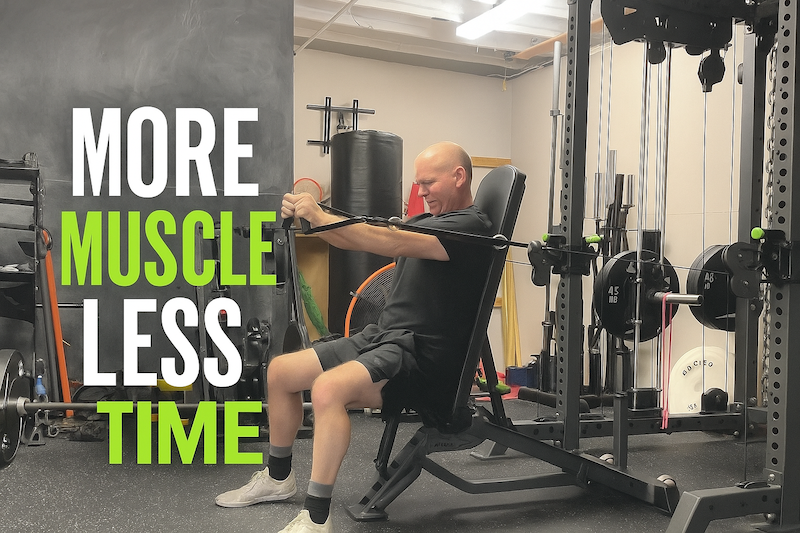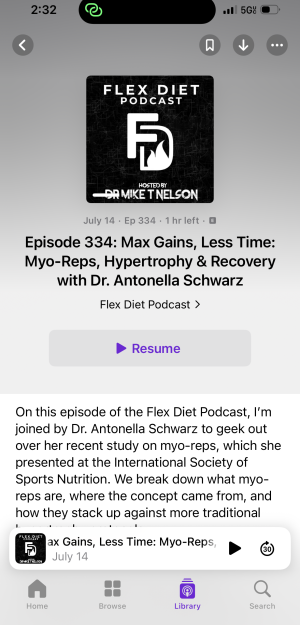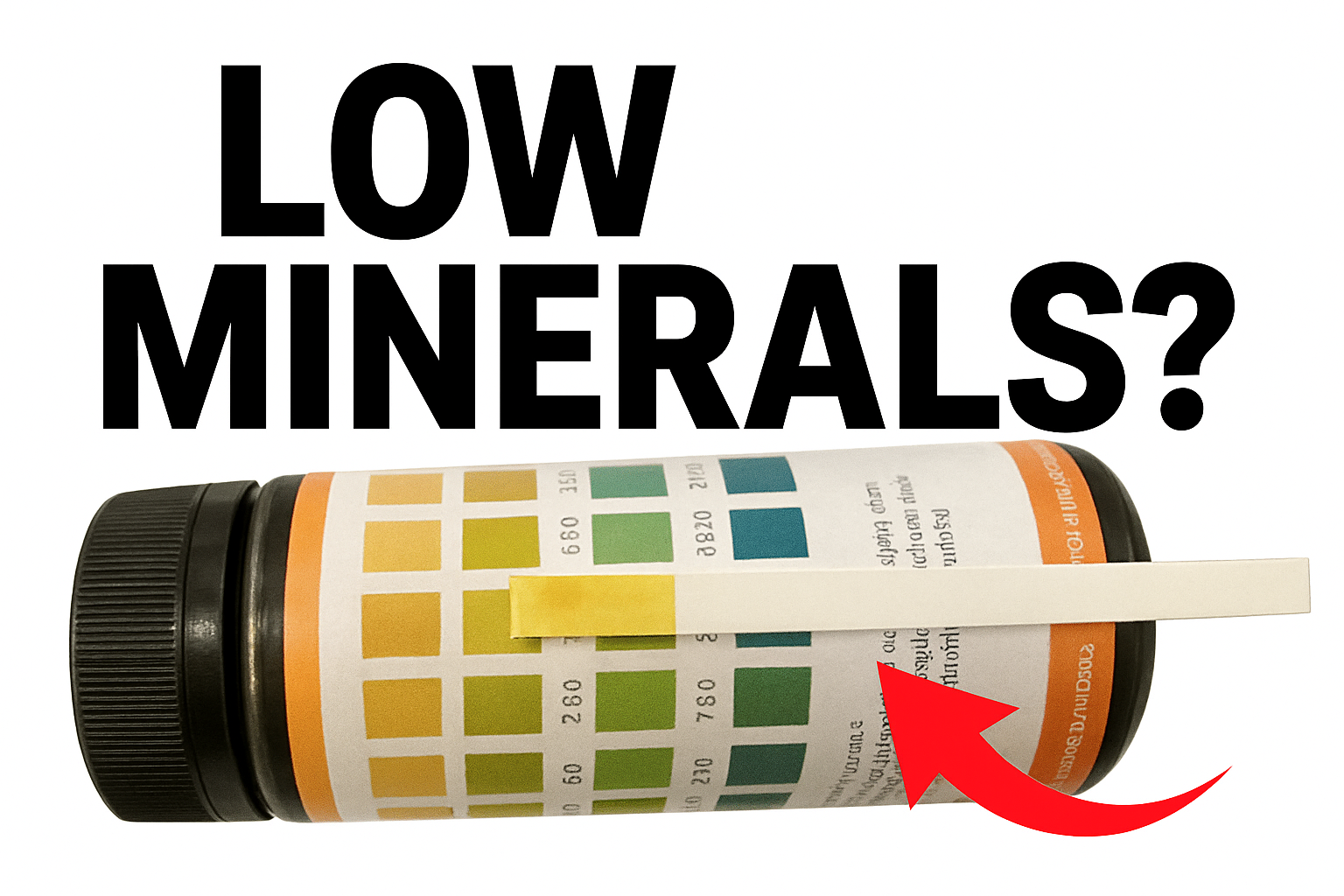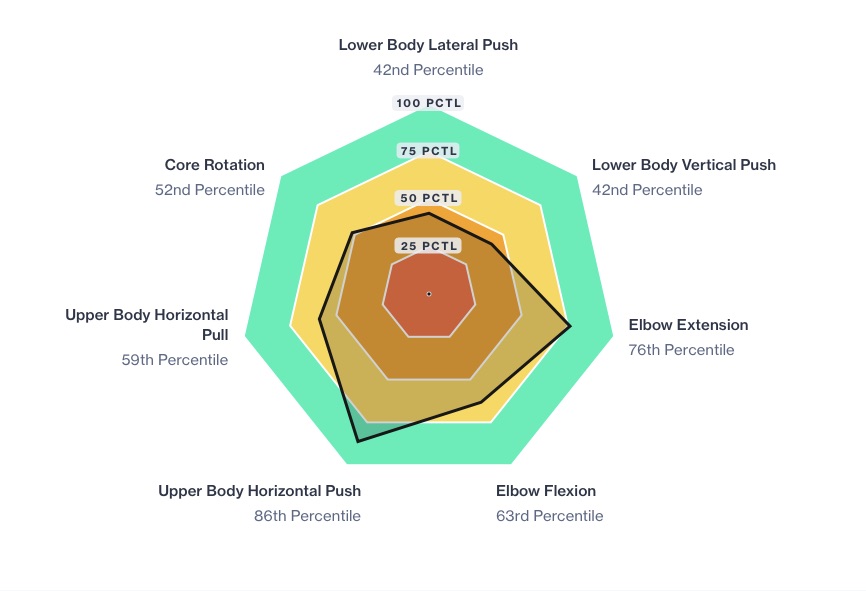Problem: Most sets have a lot of “set-up reps” before you get to the ones that actually drive adaptations. Take any exercise and do a set of 10 reps to task failure (basically, failure with good form). In order for an exercise to be effective to elicit a hypertrophy response, you need two things: 1) a high amount of motor unit recruitment. 2) a high amount of mechanical tension.
Solution: Myo-Reps.
Recently, I came across a training concept through a podcast interview with Dr. Antonella Schwarz, conducted by Dr. Mike T. Nelson on his Flex Diet podcast. She did her thesis on the topic of Myo-Reps, and Norwegian strength coach Borge Fagerli was the guy that developed this training method.
Recently, I came across a training concept through a podcast interview with Dr. Antonella Schwarz, conducted by Dr. Mike T. Nelson on his Flex Diet podcast. She did her thesis on the topic of Myo-Reps, and Norwegian strength coach Borge Fagerli was the guy that developed this training method (Click on the image to listen to the podcast).
The Science Behind Effective Reps
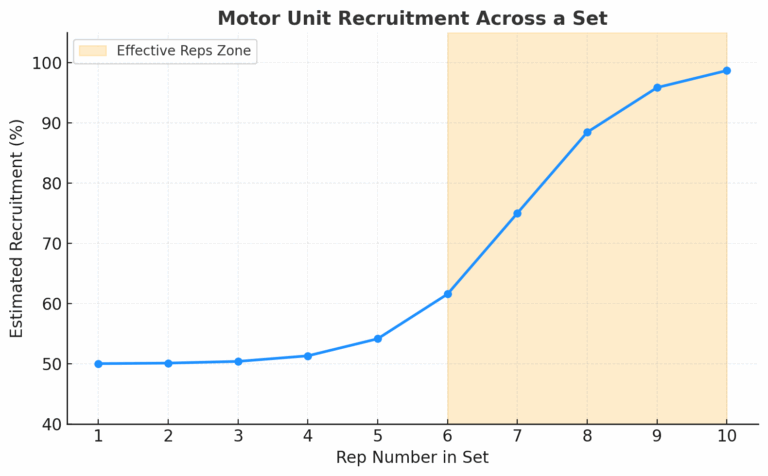
Effective reps are the final reps of a set, when muscle fibers are fully recruited and under enough tension to actually drive growth mechanisms and strength gains.
This happens because of something called the Henneman Size Principle. in simple terms, your body recruits muscle fibers in order of size: the smaller, more endurance-oriented fibers come first, and the larger, more powerful fibers only join in when the effort becomes demanding. As you fatigue during a set, those bigger fibers are finally called into action. That’s why the hardest reps at the end are the most effective-they’re the ones that fully recruit the fibers with the greatest potential for strength and size gains.
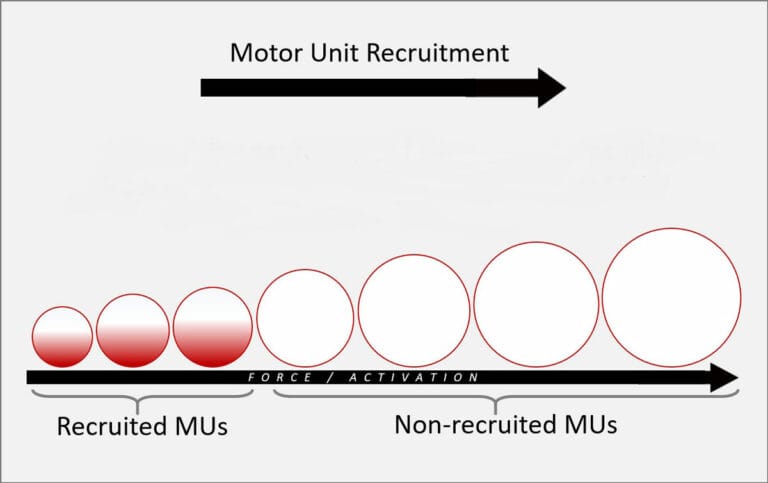
"Effective Reps - A Model, Not a Law"
There’s some disagreement on the exact number of reps per set that meet this. Some say the last 5 reps before you reach task failure of an exercise. Others think that you have to come much closer to actual task failure, such as 1 rep shy of failure.
My opinion: I think most people aren’t that good at knowing how many more reps they could do with an exercise, so my default setting is to leave as few reps in reserve as possible, and come as close to task failure of an exercise as you can, but without a concern of getting injured.
Progressive Overload is The King, Frequency is The Queen
Progressive overload is the main driver of progress. This is agreed upon with exercise scientists.
Frequency seems to be the second most important aspect to driving results. Exercise scientist Chris Beardsley says that the more first sets you have in a week, the better, when it comes to gaining muscle.
If you’re going to have a high weekly training frequency though, you cannot have to high of volume within a workout, or you won’t be recovered enough to have the high weekly frequency. So there is a sweet spot between training volume and weekly frequency. When I use Myo-Reps, I like just two sets with the last set being the Myo-Rep set, and I like to only use two exercises at the most with Myo-Reps such as antagonist exercises (push/pull, or biceps curl/triceps extension as an example).
My Personal Experience
I really like using Myo-Reps, because I like to keep my training volume on the low side, but really push myself with the sets that I do. I’ve seen great progressive overload results pretty much every time I’ve had them in my workout. I also like that fact that i can have shorter workouts in duration, which keep me focused while training, and also I feel ready to train the next day both physically and mentally. As I’ve gotten older, when my volume was higher I would often not look forward to my workouts.
